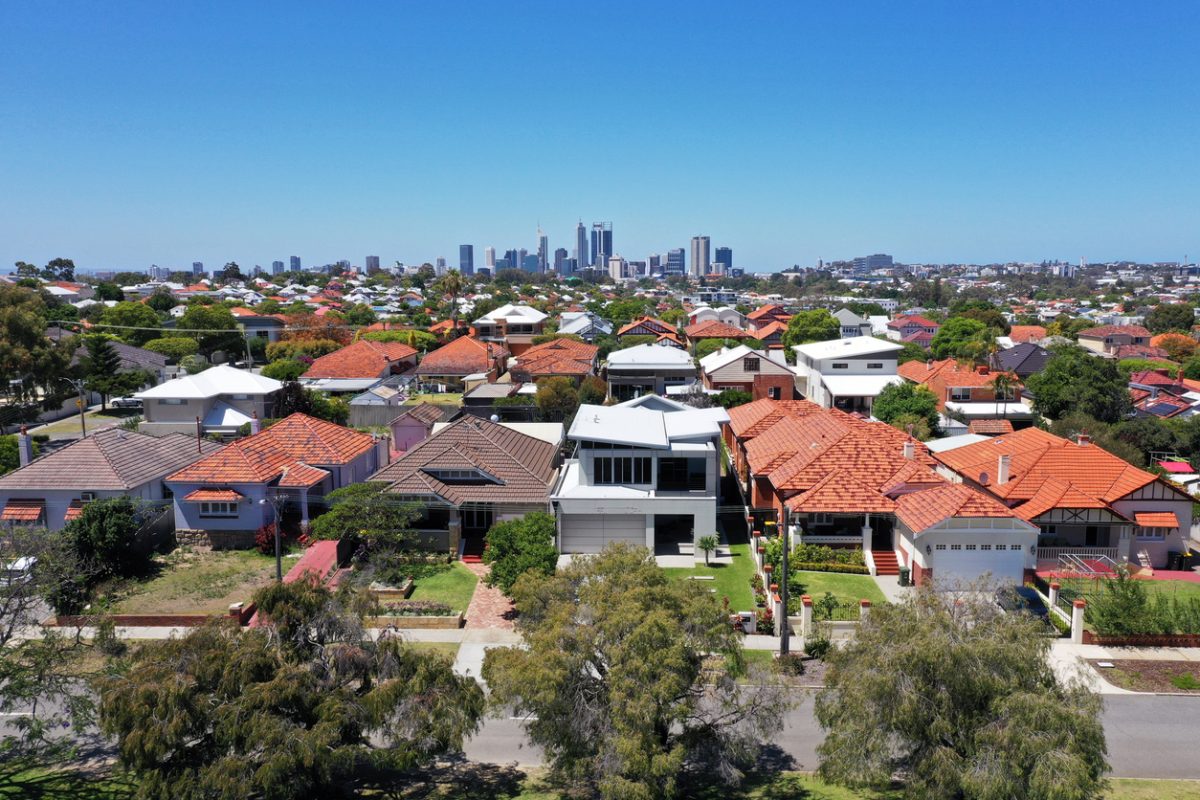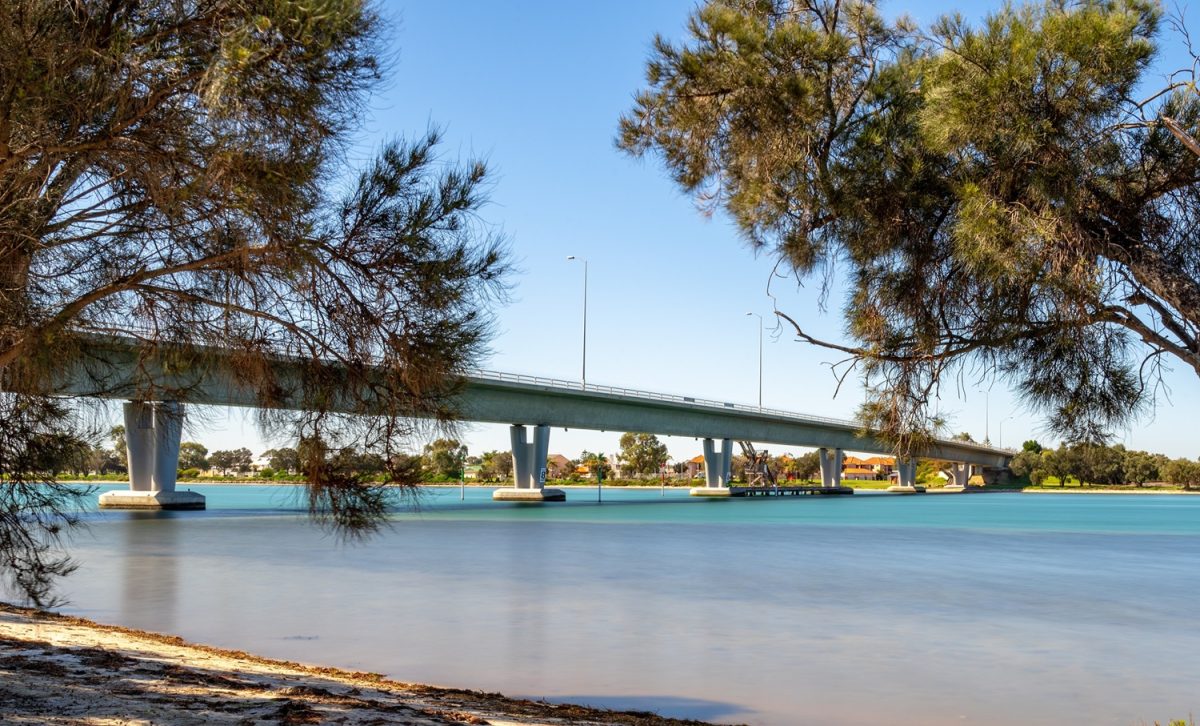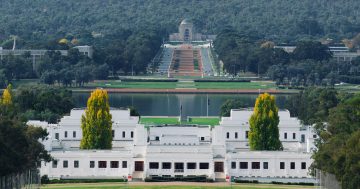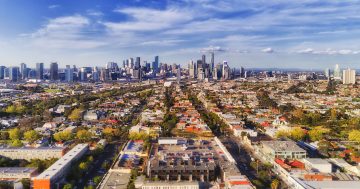
The SGS Economics index recently found Perth’s rental affordability had dropped 13 per cent in the past year, and the city was now less affordable than Sydney for the first time. Photo: Chameleonseye.
Despite an additional 2500 social homes since 2021/2022, Western Australia requires many more to meet its surging demand as Perth is now the least affordable capital city in Australia.
Regional areas of the state have also hit an all-time low as incomes have failed to keep pace with rent increases over the past four years, according to SGS Economics and Planning.
Shelter WA CEO Kath Snell claims families who have never experienced homelessness before are sleeping in cars and tents because they can not afford to rent.
“Not only is WA the worst in the country for rental affordability, WA lags behind most states and territories when it comes to rental standards and protections,” she said.
“It’s past the time the WA Government provided a better deal for renters – that means introducing a cap on unfair rent increases, banning no-grounds evictions, and having minimum standards for rental homes.”
The state’s peak homelessness body recently published analysis in its election platform calling for more than 85,000 more social and affordable housing dwellings by 2041 to address current and future demand.
Shelter WA also demanded all parties back its election priorities including the commitment to build at least 5000 social and affordable homes every year.
Even with Premier Roger Cook’s announcement that his government was able to build 2500 since it was elected, the body contends this need has not evaporated. This is in light of at least 2000 affordable homes being lost to the National Rental Affordability Scheme, along with the social housing waitlist having increased.
CEO Kath Snell acknowledged the Labor Government’s effort but said “without bold, urgent action, we will see many more Western Australians without a safe, decent, affordable place to call home”.
“With more than 20,000 households on the social housing waitlist, plus more and more people priced out of the private rental market this is leaving every electorate desperately short of supply to meet demand,” she said.

“No matter where you’re living and voting, we need hundreds of additional social and affordable homes in every state electorate,” said CEO Kath Snell. Photo: Mainroads WA.
Ms Snell told state parties that “setting evidence-based targets” would inspire further measures like:
- Building, converting or buying social and affordable dwellings
- Requiring new multi-residential private developments in metro areas to have a minimum of 10 per cent dedicated to social housing
- And ensuring half of all housing built on government land is social and affordable.
The peak body also proposed the creation of a WA Affordable Rental Housing Scheme to incentivise and deliver the urgently needed affordable rental supply and a WA Housing Future Fund – that would ensure a portion of the state’s surplus is permanently invested in social and affordable housing.
A similar warning of the dire situation facing Western Australians, came in the budget submission of the state’s peak body for social services (WACOSS).
In its foreword, the body reported that since “housing costs are the largest weekly expense and the biggest concern” – people are being forced “to cut back on food, utilities, transport and health care”.
“The number of people experiencing food insecurity in WA is growing faster than in any other state, as 37 per cent of families say they struggle to put food on the table,” it reads.
“Many families can’t afford the medications they need or visits to the doctor, leading to overuse of emergency services and higher rates of chronic disease.”
WACOSS submits that with the state’s rapidly increasing and ageing population, the past decade of limited spending on social services means its “community infrastructure is simply not ready to sustain such growth”.










